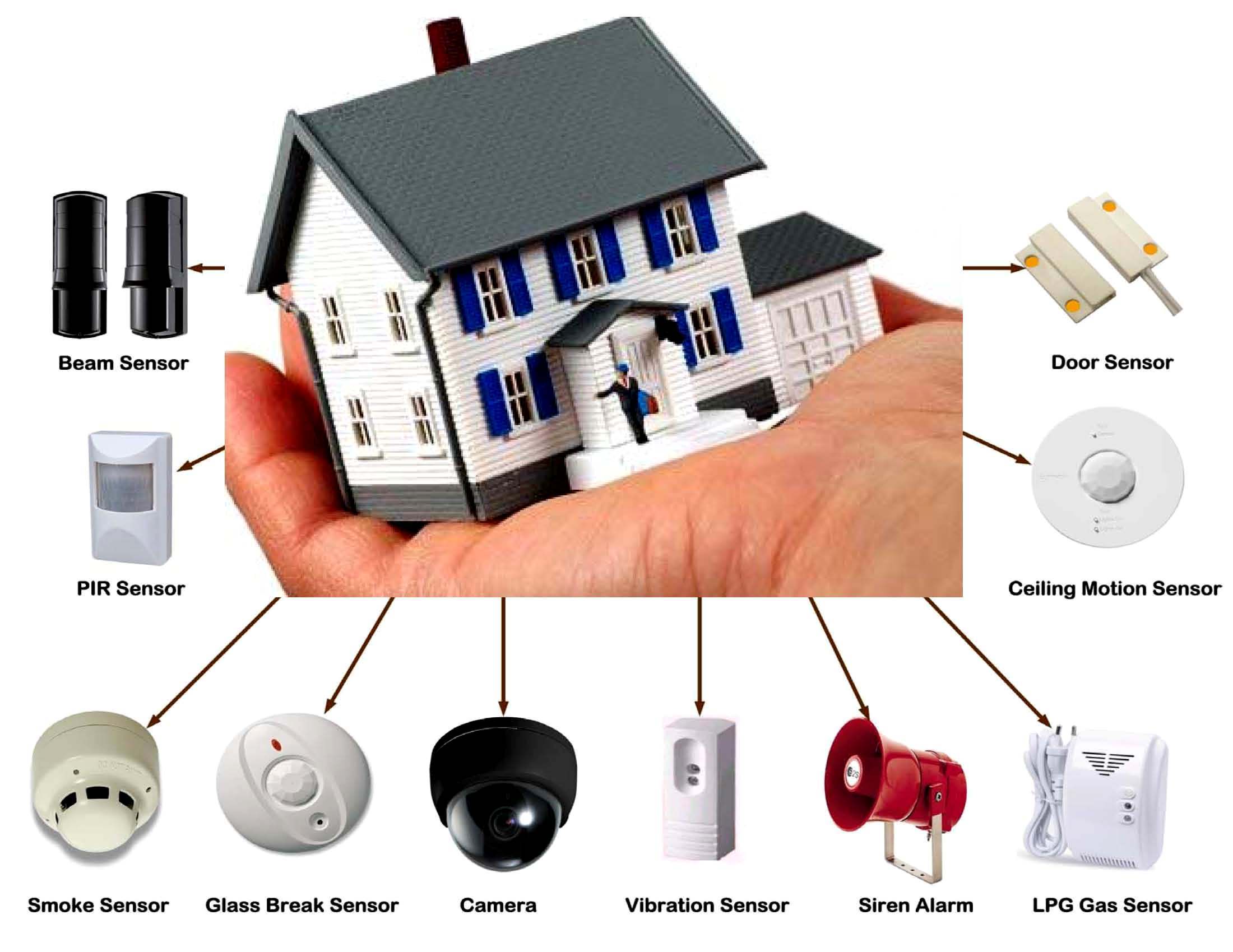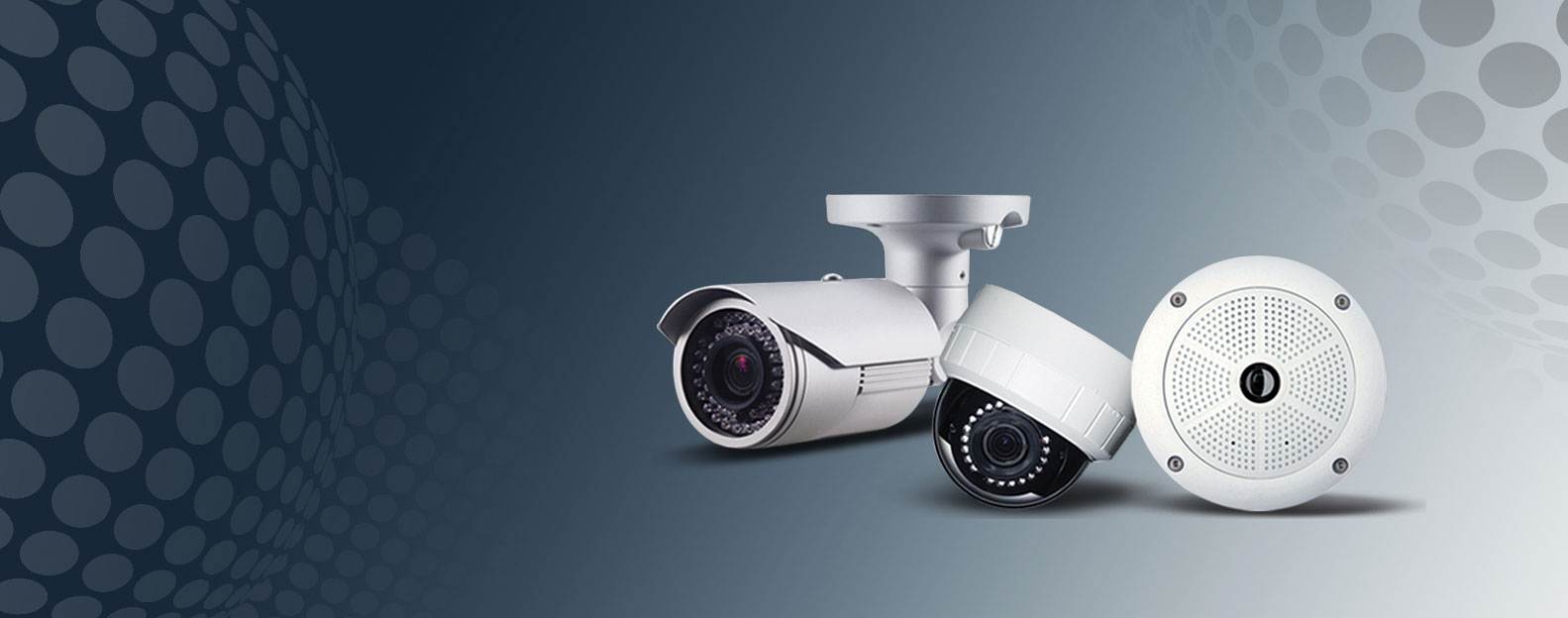
Security Alarm System
A Security Alarm System is designed to protect property and individuals by detecting unauthorized entry or other security breaches. These systems are commonly used in residential, commercial, and industrial settings to safeguard against theft, vandalism, and other threats. They typically consist of various components that work together to detect security incidents and alert the occupants or authorities.
Components of a Security Alarm System:
Control Panel:
- The central hub of the security alarm system that monitors signals from various sensors and devices. It processes these signals and triggers alarms or notifications when necessary.
Sensors and Detectors:
- Motion Detectors: Detect movement within a specified area. They can be based on technologies such as passive infrared (PIR), ultrasonic, or microwave.
- Door/Window Contacts: Magnetic sensors placed on doors or windows that detect when they are opened or closed.
- Glass Break Detectors: Detect the sound or vibration of breaking glass to alert of potential break-ins through windows.
- Smoke and Heat Detectors: Detect signs of fire, such as smoke or heat, and are often integrated with fire alarm systems.
Alarm Notification Devices:
- Sirens/Horns: Produce loud audible alerts to scare off intruders and notify occupants of a security breach.
- Strobe Lights: Flashing lights that complement audible alarms, making the system effective in noisy environments.
- Voice Alerts: Provide recorded or live voice messages to inform occupants of the type of alarm and necessary actions.
Keypads and Control Panels:
- Keypads: Used for arming and disarming the system, entering access codes, and controlling other system functions.
- Touchscreen Panels: Modern systems often feature touchscreen interfaces for easier navigation and control.
Remote Access and Monitoring:
- Mobile Apps: Allow users to control and monitor their security system remotely through smartphones or tablets.
- Web Interfaces: Provide access to system controls and monitoring via web browsers.
Camera Surveillance:
- CCTV Cameras: Record video footage and provide live streaming to monitor premises. They can be integrated with security alarm systems for comprehensive protection.
- IP Cameras: Network-based cameras that can be accessed remotely and offer higher resolution and additional features compared to analog cameras.
Alarm Monitoring Services:
- Central Monitoring Stations: Receive alerts from security systems and dispatch emergency services or notify the property owner in case of an alarm.
- Self-Monitoring: Some systems allow users to monitor alarms and alerts directly through mobile apps or other devices.
Alarm Sensors:
- Environmental Sensors: Detect environmental changes such as water leaks, temperature fluctuations, or carbon monoxide levels, which can be critical for overall safety.
